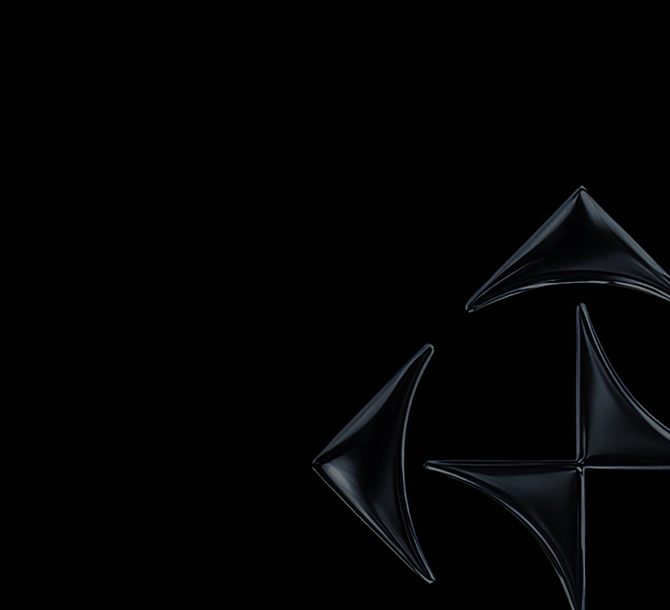Trademarks exist to allow a company to brand its products and services in a way that lets the public know exactly where they’re from and who’s providing them.
However, there are occasions that allow for third parties to use those identifying marks, ranging from news coverage to parody. This use of a third-party trademark is known as “fair use”.
In this article, we’ll be covering how fair use works in the context of trademarks, when it’s legally allowed, and everything else brand owners need to be aware of.
What is Trademark Fair Use?
Fair use is a legal doctrine that permits the use of another person’s or business's intellectual property without their permission, serving as a defense against trademark infringement claims.
For trademarks, fair use is applied in circumstances where the use wouldn’t cause confusion among the public as to who provides goods or services.
Trademark fair use exists primarily to give news publications, media creators, businesses, and other organizations the right to discuss third-party products, businesses and trademark-protected names in fair and non-damaging situations. For example, fair use would protect a news outlet discussing a brand name in a story, or a TikTok creator referring to Nike shoes in a product review.
Types of Fair Use
There are two main types of fair use: descriptive fair use and nominative fair use. Let’s look at a basic overview of each before diving into more thorough explanations.
- Nominative fair use is the use of another’s trademark to identify the trademark owner or its goods or services, such as comparing Kleenex tissues to other brands or writing a news article about Netflix.
- Descriptive fair use is the use of another’s trademark to describe your own goods or services without indicating their source.
Nominative Fair Use
Nominative fair use permits the use of another's trademark to refer to the trademark owner's goods and services, under specific conditions.
Put simply, nominative fair use provides the public and other businesses the means with which to talk about companies and products in reasonable situations. If you consider all the contexts in which protected trademarks are discussed or displayed in our world, it is only logical to have protections for the various types of sensible uses.
Let’s look at some examples of where nominative fair use could come into play:
- A news article reporting on a recent product launch by Apple, using the trademark "Apple" to identify the company.
- A blog post comparing various vacuum cleaners, including the Dyson brand, using the trademark "Dyson" to refer to the specific vacuum cleaners being compared.
- A customer review of a hotel stay, mentioning the hotel's brand name, such as "Hilton," to identify the hotel being reviewed.
- A comparative advertising campaign highlighting the differences between two brands of sneakers, using the trademarks of both brands to compare and contrast their features.
- A social media post discussing the upcoming release of a video game from Ubisoft, using the trademark "Ubisoft" to identify the game developer.
- A YouTube video demonstrating how to repair a "Samsung" washing machine. The use of the trademark "Samsung" is necessary to identify the specific product being repaired.
- A comedy sketch using the trademarks of McDonald’s, KFC, and Subway to satirize and parody the fast food industry.
We can see that nominative fair use serves as a crucial safeguard for the public's right to freely discuss, compare, and critique products and services that are otherwise protected by trademark.
By allowing the use of trademarks for identification and reference purposes, nominative fair use strikes a balance between upholding the rights of trademark owners and ensuring the free flow of information and expression.
Descriptive Fair Use
Descriptive fair use, also known as classic fair use, allows the use of another's trademark to describe your own goods or services, rather than as a trademark to indicate the source of the goods or services.
It typically applies when the trademark concerned has a descriptive meaning in addition to its secondary meaning as a trademark. If this use ever moves beyond being descriptive and causes confusion among the public as to the ownership of the trademark, fair use would no longer apply.
Examples of descriptive trademarks include brands like American Airlines, IBM (International Business Machines), and KFC (Kentucky Fried Chicken). Each has acquired their own distinctiveness over time, which have allowed them to retain their IP rights. However, descriptive fair use could allow a third party to refer to the words that comprise the trademarks themselves, such as a new airline using the phrase “One of the top airlines in America”.
The descriptive nature of a trademark relates to the levels of trademark strength. A fanciful trademark could never be used under descriptive fair use, while arbitrary and suggestive trademarks are also highly protected against it.
Descriptive trademarks are very difficult to register and then maintain, and when they are given IP rights through their distinctiveness, they are still left prone to descriptive fair use from a third party. Similarly, generic trademarks cannot be protected as a trademark in any case.
Does Fair Use of Trademarks Apply Everywhere?
While fair use of trademarks does exist in some form in most legal jurisdictions, it is far from universal. The terminology used, the details of the laws, and its applicability are each bound to vary within the legal systems of different countries.
Additionally, many countries don’t have a specified clause in their legal system outlining fair use of trademarks. Instead, the majority of these jurisdictions, particularly those with common law jurisdictions, will make allowances in trademark cases that function the same way as fair use laws.
We urge our readers to educate themselves on the specifics of local laws before making major decisions regarding their trademarks or the use of another organization’s trademarks.
Advice for Navigating Fair Use as a Business
As a brand owner, understanding the nuances of fair use is crucial for protecting your intellectual property and ensuring responsible trademark usage.
Be aware of the boundaries of nominative fair use. Understanding the specific conditions that allow for the use of another's trademark without crossing a legal boundary can save your business hassle in the future. This is especially important if you use comparative advertising as part of your marketing strategy.
Monitor and enforce the use of your trademark, particularly in online marketplaces and social media. While using your trademark for comparative or review purposes is protected by law, bad actors in online spaces will use your trademark for more direct commercial purposes. Allowing your customers to be misled by counterfeiters and impersonators online will be deeply harmful to your business.
Educate your customers and partners about your trademark rights and the appropriate use of your trademark. Customer education can help prevent unintentional infringement and protect your brand’s recognition and reputation.
Choose trademarks that won't be subject to descriptive fair use. When selecting a trademark, consider its distinctiveness and avoid using terms that are commonly used to describe goods or services in your industry. The further removed a trademarked name is from what it describes, the more strongly your IP will be protected. Descriptive trademarks are just one step from generic trademarks, which means losing your trademark rights entirely.
Stay informed
Trademark laws evolve, and staying informed about recent cases, such as the Jack Daniel’s dog toy trademark case and legal developments can help your business adapt its practices accordingly.
Stay up to date on the latest IP Protection content from MarqVision.
4 Enforcements a Week to 400: Scale Brand Safety with Marq AI

Don’t Just Find Counterfeits. Dismantle the Entire Network.

.png)
Discover the latest trends and challenges in IP protection

Take Control of Your Trademarks with MARQ Folio

Renew and Manage Your Trademarks Easily With MARQ Folio

We’re waiting to hear from you

See the best brand protection solution in action

Don’t let piracy steal your growth

Talk to us about your brand protection problems

.png)






.png)







